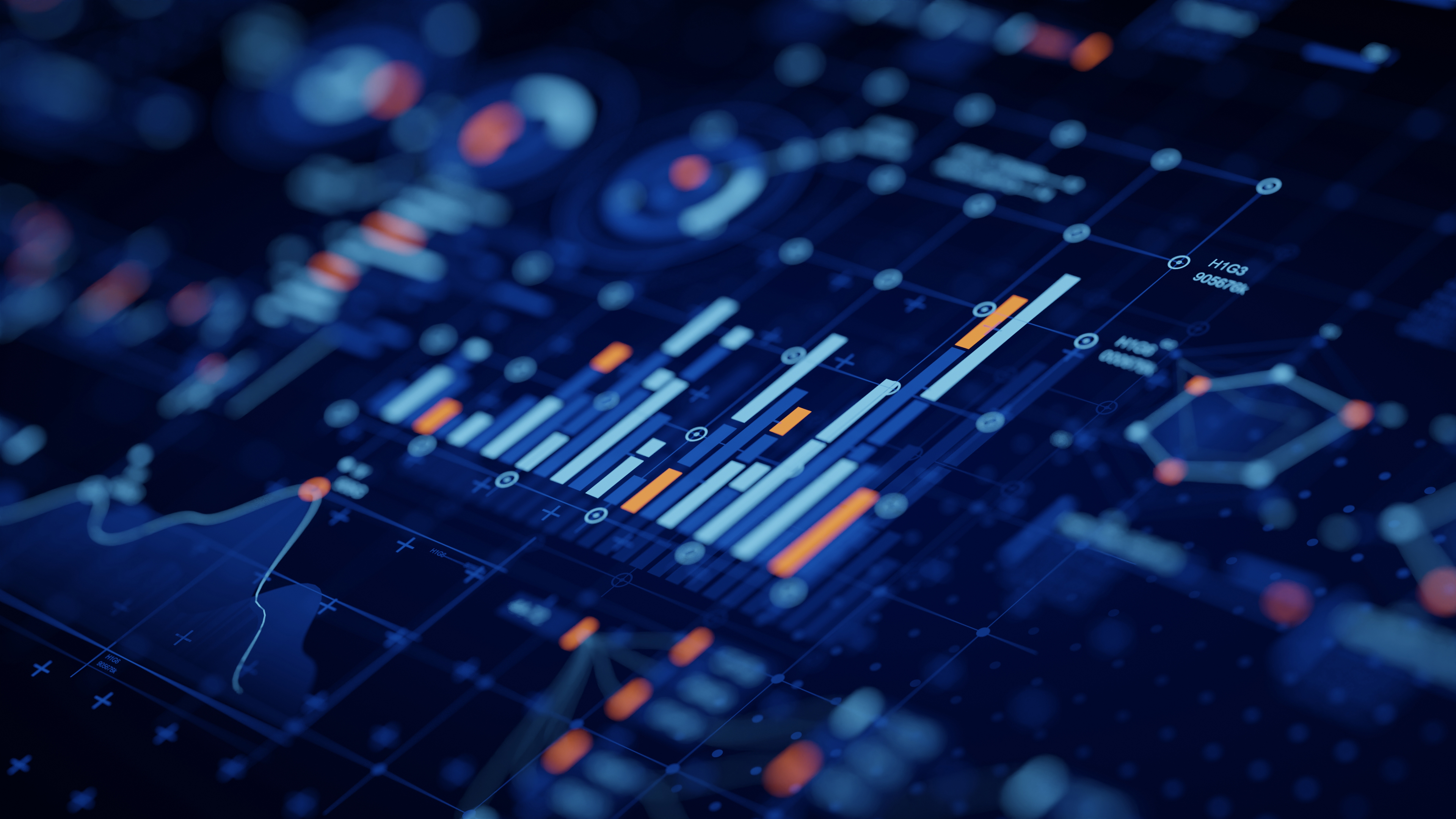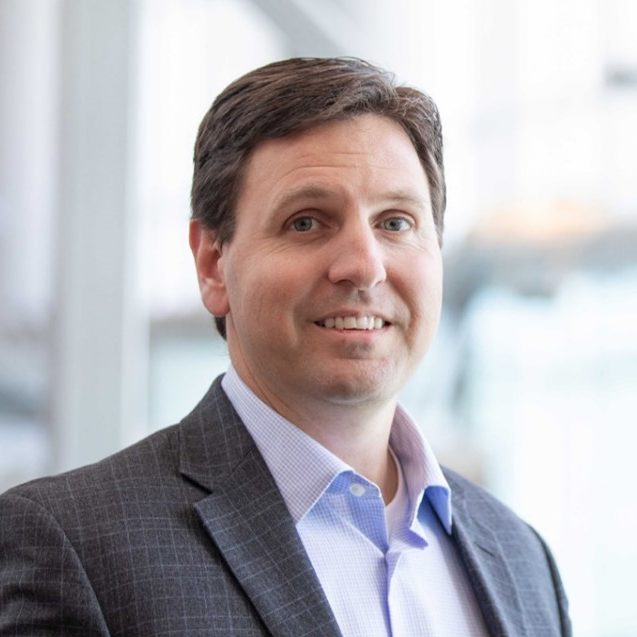Webinar
From Data to Action
On-demand Webinar | Free

Our ability to collect a wide variety of data using different methods with different levels of accessibility and accuracy has improved significantly over the last few years. For any type of project being completed, we have more information and better data than ever before. However, with all of this focus on the data collection side of the equation, many firms and professionals can be left wondering how exactly to make the most out of this data. It’s great to have diverse and accurate data, but all of the data in the world doesn’t mean much if you don’t know how to get actionable insights out of it.
This was the focus of the latest Geo Week News webinar, From Data to Action. Held in May, three experts with years of experience in streamlining workflows joined Geo Week's Editorial Analyst, Carla Lauter, for an hour-long discussion about how exactly to get the most out of your data. The three industry experts were:
Panelists

John Niles
Technology Consultant, Gafcon Digital

Brian Smith
Principal Product Manager – GC, Procore Technologies

Carlos Femmer
Director - Data Acquisition, HDR Engineering, Inc.
Moderator

Carla Lauter
Editorial Analyst, Geo Week
Below are just a few of the takeaways from the discussion. For a free recording of the entire conversation, fill out the form on the right side of this page.
First, the silos must go
The moderated discussion begins, well, at the beginning with a conversation about what is currently holding firms and professionals back from maximizing their data. Femmer points to a couple of different factors, starting with the top of a company in terms of “company mission and leadership.” More specifically, he talks about a lack of interoperability between stakeholders on a project and what is still too often an inability for different pieces of a project to “translate the data from a previous phase.”
Niles backs up that point, talking about his own experience working with owners whose data has been siloed, or is in a platform which they can’t access. He points out that these owners are paying for the data, but it’s often only accessible by one person or team, and the owners don’t always retain access to this data after the project is completed, which prevents them from maximizing the operation phase of a facility, for example. Niles also talks about data formatting, which he says “hinders the data’s movement from one silo to the next. If the data is not formatted correctly in design, how can it travel to the GC? How can it travel back into operations at the end of the day?”
Smith also echoes these points about how siloes can prevent data from being maximized, but also mentions that problems can still exist when siloes are broken down. He notes that even if teams “transcend” those siloes, there are still unknowns, such as how the data was captured, what the classifications were, etc. He says that in construction, “It’s still a bit of this nebulous world, not like surveying where there’s a record of exactly what instrument was used, and what the conditions were that day. You know with certainty when you’re looking at that data, the quality of it.” That’s not necessarily the case with data that is being collected for AEC projects.
Starting with the end in mind
Of course, identifying the issues facing firms in this world is an important first step, but the crux of this conversation was how to move beyond these barriers and start maximizing data on a consistent basis. There were lots of strategies shared in the full discussion, but one of the big overarching themes was starting with the end in mind. As mentioned at the top, there are a number of different ways to collect data, each with their own pros and cons, and to avoid having a mess of unnecessary data which will only slow down the analysis phase, knowing what your end goals are at the top make everything else that much easier.
Niles talks about this, saying that this is one of the mantras he makes sure to tell owners at the start of a project. He notes that reality capture is a highly valuable tool which can serve as a “time capsule” for a project, but it’s important for the owner to start with the end in mind to drive the rest of the project. Smith agreed with this notion, and took it from his experience in looking at things from the general contractor’s point of view. He spoke about the importance of a “BIM execution plan,” for the general contractor so they have an established agreement which spells out what is necessary to be captured for this project, and what is the long-term use for this data. With this knowledge, data is being collected with a purpose, making that processing and analysis streamlined rather than having a bunch of data and then trying to figure out where to go.
AI is the future
It’s not a tech-focused conversation these days if there’s no mention of artificial intelligence, and in talking about the future of maximizing data the panelists agreed that AI will be at the center of it. Femmer talks about how he is already using this kind of technology with his lidar datasets. Using AI, his team is able to more quickly and efficiently pull out key assets from a dataset. He also mentions a possible future where large language models (like ChatGPT) could be used not drawing information from the internet, but rather drawing from internal data from a digital twin and identifying anomalies quickly.
Niles also talked about some potential uses for AI, many of which are already being utilized in the field today but the processes for which should only improve over time. He says that it can be used for deviations in data and really narrowing down where workers need to focus their attention. Rather than manually inspecting an entire asset, AI can point out areas with possible anomalies to be inspected with human workers, focusing their efforts where it's needed.
Of course, as Smith points out, it’s still all about the data that goes into it. He agrees that AI is likely going to play a large part in the future of these workflows, but as with any AI system it’s all about getting the best data into the system.
☆☆☆
This was just a quick snapshot of the hour-long conversation, which covered plenty of other topics around this idea of maximizing the value of data in workflows. To hear the full discussion, fill out the form on the right side of this screen to receive a free recording.

